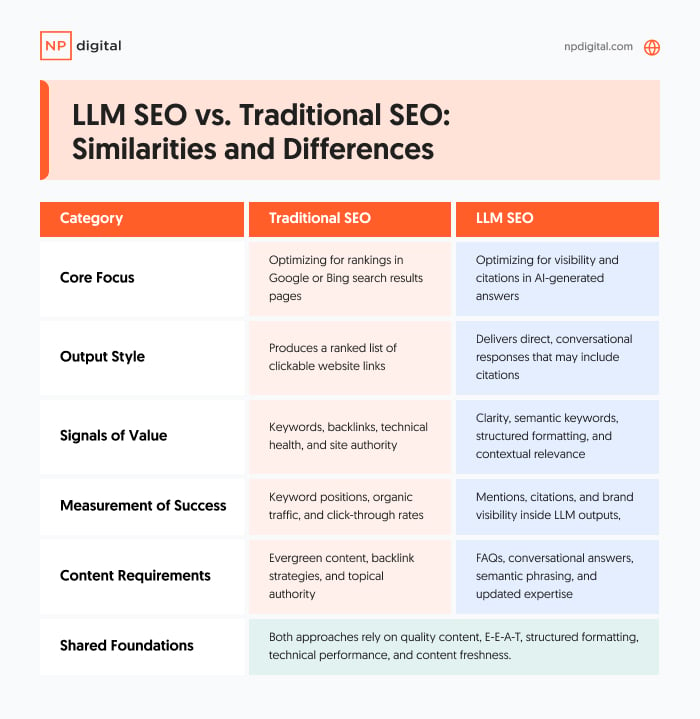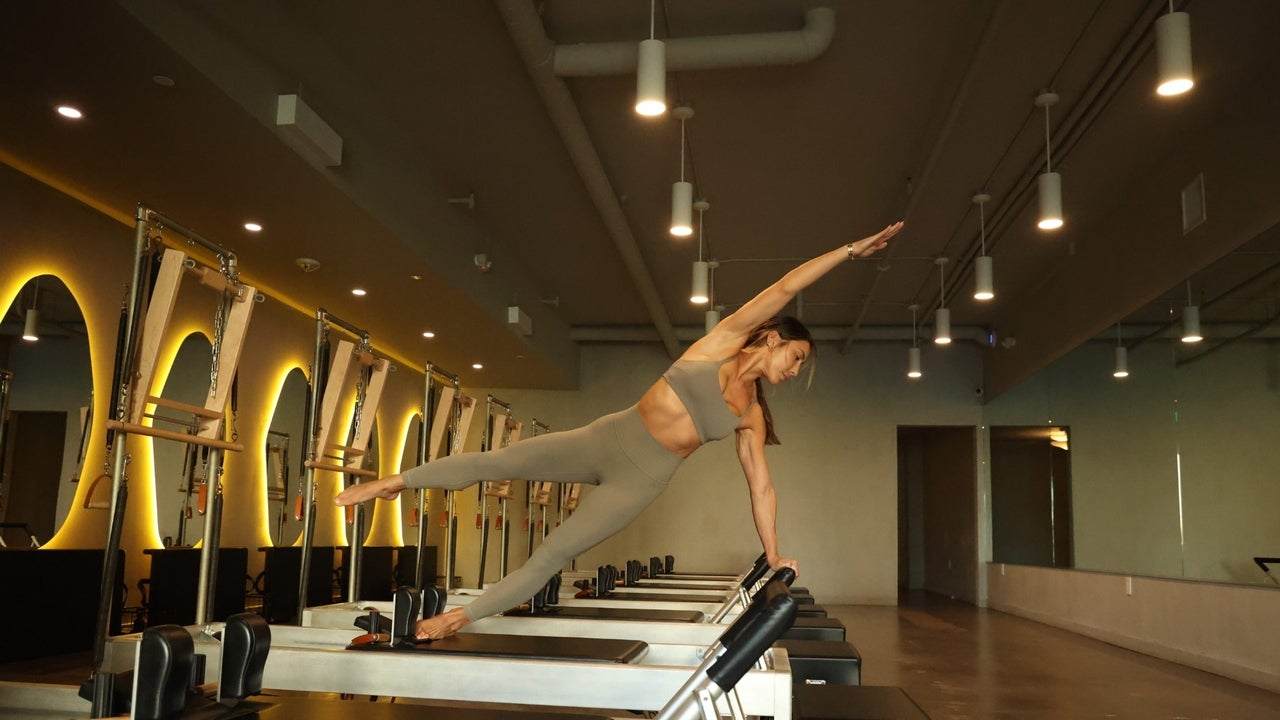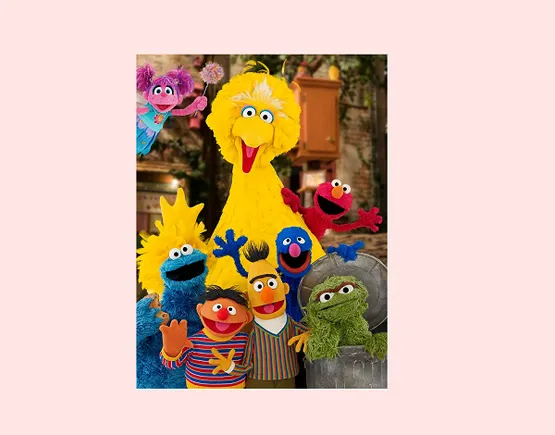I'm A Behavioral Therapist & This Is The Key To Actually Lose Weight Long-Term
Why aren’t more people talking about this?

Image by Joanna Grover, LCSW / mbg Creative August 21, 2023 Our editors have independently chosen the products listed on this page. If you purchase something mentioned in this article, we may What is the most effective way to maintain a healthy weight long-term? Let us declare, it isn’t a specific diet, detox, or exercise plan—it may be all about mindset. According to cognitive behavioral therapist Joanna Grover, LCSW, author of The Choice Point, visualization is the missing piece of the puzzle when it comes to successful weight management. In fact, the power of functional imagery training (aka, the science of using visualization to stay motivated) has been studied by the University of Plymouth for two decades, Grover explains on this episode of the mindbodygreen podcast. So why aren’t more people talking about it? 
Advertisement
This ad is displayed using third party content and we do not control its accessibility features.
Here, Grover shares three tips to practice functional imagery training in your day to day life. Commit to the below, and it may help you overcome cravings, reach a healthy weight, and even reduce anxiety. For the sake of this article, let’s assume you want to visualize eating healthier. The first step, says Grover, is to create an “immersive imagery experience” whenever you’re met with temptation. Meaning, really imagine how that plays on each of your senses. “I'm thinking of the last time I had a [cookie], and the weight of it in my hand. I can smell it. I can anticipate taking a big bite of it and how good that's going to feel,” she shares. From there, you create what she calls an “elaborative intrusion,” where you shift those images to focus on your goal (or your "why," as we often say in the health and well-being space). For example, let's say you’re hoping to eat healthier to increase longevity. Can you imagine playing with your grandchildren? Can you hear them chatting and laughing? What does it feel like to pick them up? By creating another immersive experience focusing on your end goal, you interrupt that common, trance-like experience that tends to come with temptation. The next step is to select your cues, Grover says. “You can have cues throughout your day,” she explains. For instance, “A cue might be the refrigerator door handle. Imagine the touch and the temperature of the refrigerator door. How it moves, how you open it, what you see,” she adds. When you identify these cues, you can then use them as a moment of pause while making certain decisions, rather than simply acting on instinct. “You have a choice of which future you want,” says Grover. “Ideally, these cues interrupt our old habits.” This ad is displayed using third party content and we do not control its accessibility features. Finally, “I always start my sessions with breathwork,” says Grover. “The breath reveals so much about us, [so] I always start with measuring people's breath.” Specifically, she recommends counting the amount of breaths you have in a minute. “If you're breathing at a rate of 22 breaths or higher, you're really in an anxious state, and you're going to be easily triggered,” she adds. Ideally, you’ll want to bring the number down to four breaths per minute—it really will make a huge difference. After all, when you’re breathing with intention, you’re more likely to make more intentional choices. “[It helps us] check back into our bodies,” Grover says. “I’ll have people practice that before they eat, ideally, so they might enjoy their meals better.” Advertisement
The takeaway
Whether you want to commit to a more nutritious diet, reduce negative thoughts, or elevate your exercise performance, functional imaging training may be what you need to finally cross the finish line. See, “You have to have an emotional connection to your goal,” Grover says. When your heart (or, well, your mind) isn’t in it, your motivation will quickly dip.
Learn how to fill your health gaps in 90 seconds.

Advertisement
This ad is displayed using third party content and we do not control its accessibility features.

 Hollif
Hollif 




























.jpg&h=630&w=1200&q=100&v=f776164e2b&c=1)




